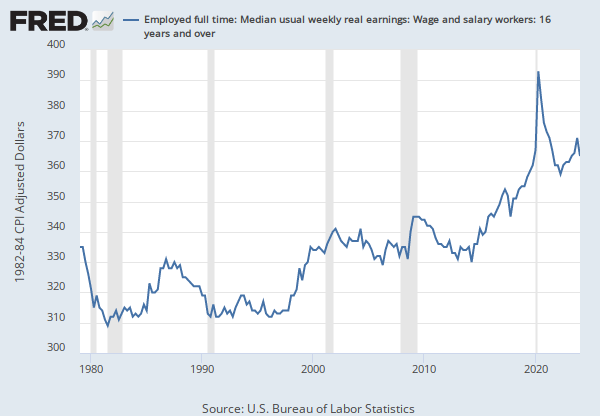Observations
2024: 20.0 | Percent of Total Paid Below Minimum Wage, Not Seasonally Adjusted | Annual
Updated: Jun 26, 2025 11:31 AM CDT
Next Release Date: Not Available
Observations
2024:
20.0
Updated:
Jun 26, 2025
11:31 AM CDT
Next Release Date:
Not Available
| 2024: | 20.0 | |
| 2023: | 20.5 | |
| 2022: | 16.2 | |
| 2021: | 16.6 | |
| 2020: | 17.9 | |
| View All | ||
Units:
Percent of Total Paid Below Minimum Wage,
Not Seasonally Adjusted
Frequency:
Annual
Fullscreen










